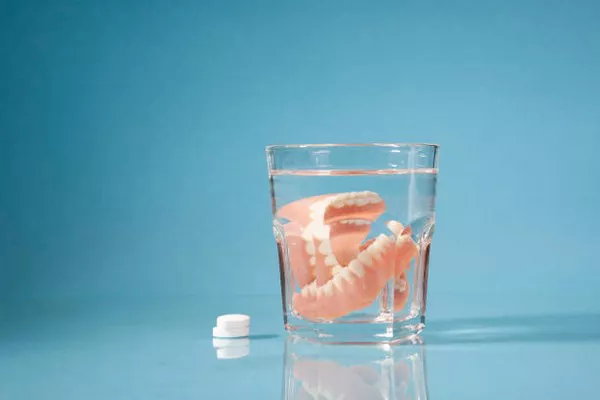Dental fillings are a common procedure used to treat cavities and restore teeth. While fillings are designed to be durable and long-lasting, they may fall out or become dislodged over time. This can be concerning for patients who may wonder how to tell if their filling fell out or if there is an underlying issue. In this article, we will explore the signs of a missing or dislodged filling and what steps you can take.
What Are the Signs of a Missing Filling?
Here are some of the signs that your filling may have fallen out:
Sensitivity: If you experience sensitivity in the affected tooth when eating or drinking, it may be a sign that your filling is missing or dislodged.
Pain: Pain in the affected tooth can also be a sign that your filling is missing or dislodged. This pain may be mild or severe and may occur when biting or chewing.
Visible Hole or Gap: If you can see a hole or gap in the affected tooth, it may be a sign that your filling is missing or partially dislodged.
Rough or Jagged Edge: If the edge of the filling feels rough or jagged, it may be a sign that the filling has become dislodged or has broken.
If you experience any of these signs, it is important to contact your dentist as soon as possible.
What Causes Fillings to Fall Out?
Several factors can contribute to fillings falling out or becoming dislodged. These include:
Wear and Tear: Over time, fillings can become worn down or damaged due to normal wear and tear. This can cause them to become loose or dislodged.
Decay: In some cases, decay can form around the edges of a filling. This can cause the filling to become loose and eventually fall out.
Trauma: Trauma to the tooth, such as a blow to the face or chewing on hard objects, can cause fillings to become dislodged or fall out.
Improper Placement: If a filling is not placed properly, it may not adhere to the tooth and can become dislodged over time.
What Should You Do If Your Filling Falls Out?
If your filling falls out or becomes dislodged, it is important to contact your dentist as soon as possible. Here are some steps you can take:
Save the Filling: If possible, try to save the filling and bring it with you to your appointment. This can help your dentist determine the best course of action.
Rinse Your Mouth: Rinse your mouth with warm water to remove any debris or food particles that may be in the affected area.
Temporary Filling: If you are unable to see your dentist immediately, you can purchase a temporary filling kit from your local pharmacy. This will help protect the affected tooth until you can see your dentist.
Avoid Hard or Sticky Foods: After losing a filling, it is important to avoid hard or sticky foods that can further damage the affected tooth.
How long can you leave a filling that has fallen out?
If a filling falls out, it is important to see your dentist as soon as possible. Leaving a missing or dislodged filling for an extended period of time can lead to further damage to the affected tooth and increase the risk of infection.
If you are unable to see your dentist immediately, there are steps you can take to protect the affected tooth until your appointment. These include:
Keep the affected area clean:
Brush and floss the affected tooth gently to keep the area clean and prevent bacteria from entering the cavity.
Avoid eating hard or sticky foods:
Hard or sticky foods can cause further damage to the tooth and increase the risk of infection.
Use temporary filling material:
You can purchase a temporary filling material from a drugstore or pharmacy to cover the affected area until you can see your dentist.
However, it is important to note that temporary fillings are not a substitute for professional dental care. They are intended to provide temporary relief and protection until you can receive proper treatment from your dentist.
In general, it is best to see your dentist as soon as possible if a filling falls out. Delaying treatment can lead to further damage to the tooth and increase the risk of more extensive dental work in the future. Your dentist will evaluate the affected tooth, determine the cause of the filling loss, and recommend appropriate treatment to restore the tooth’s function and appearance.
Conclusion
Dental fillings are designed to be durable and long-lasting, but they can become dislodged or fall out due to various reasons. By understanding the signs of a missing or dislodged filling and what steps to take, you can ensure that your teeth remain healthy and strong. If you experience any signs of a missing filling, it is important to contact your dentist as soon as possible for an evaluation and treatment. With proper care and regular dental check-ups, you can prevent future issues with your fillings and maintain good oral health.
Related Topics:






























